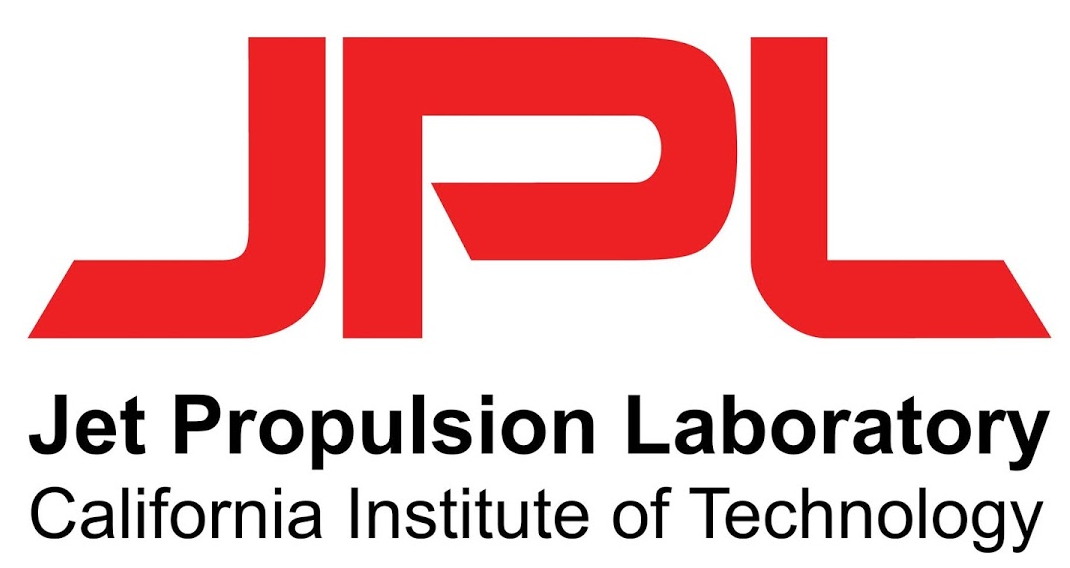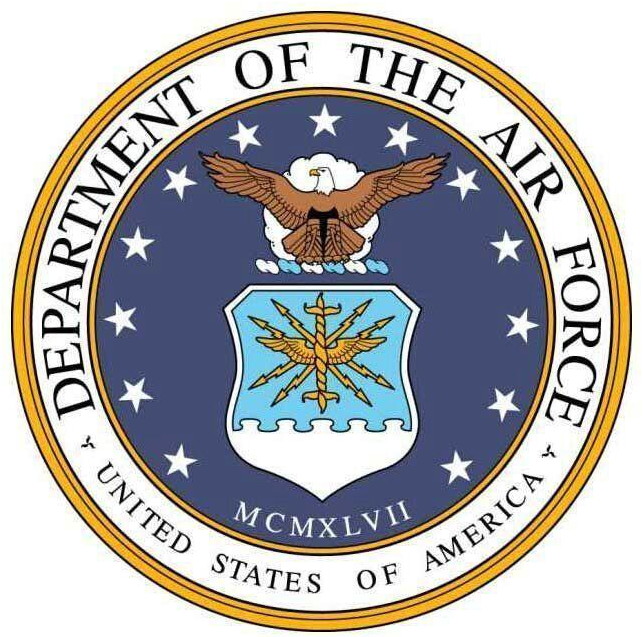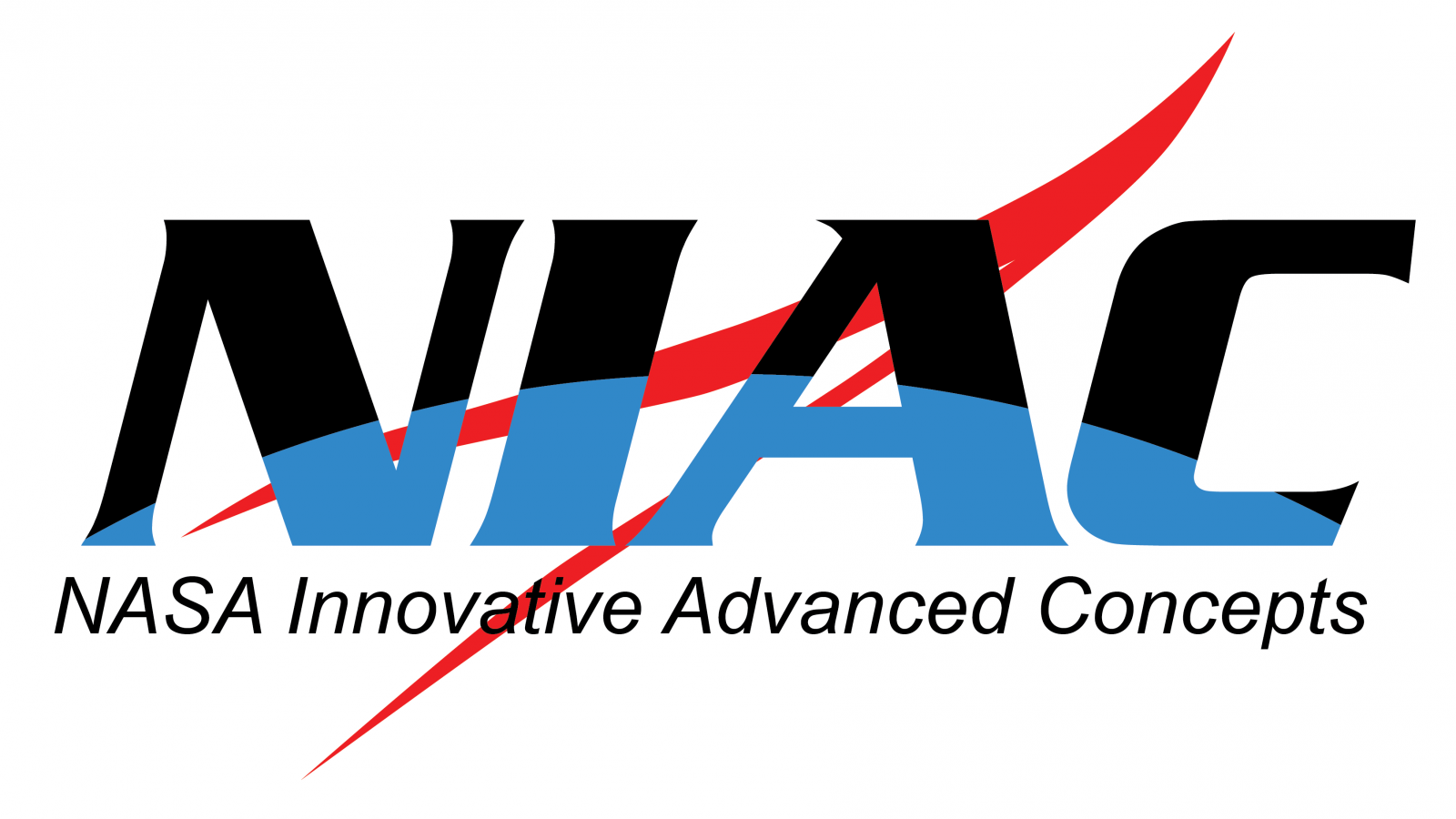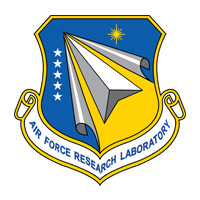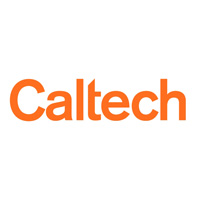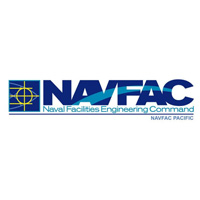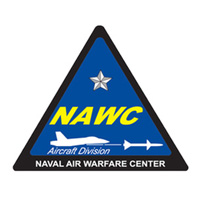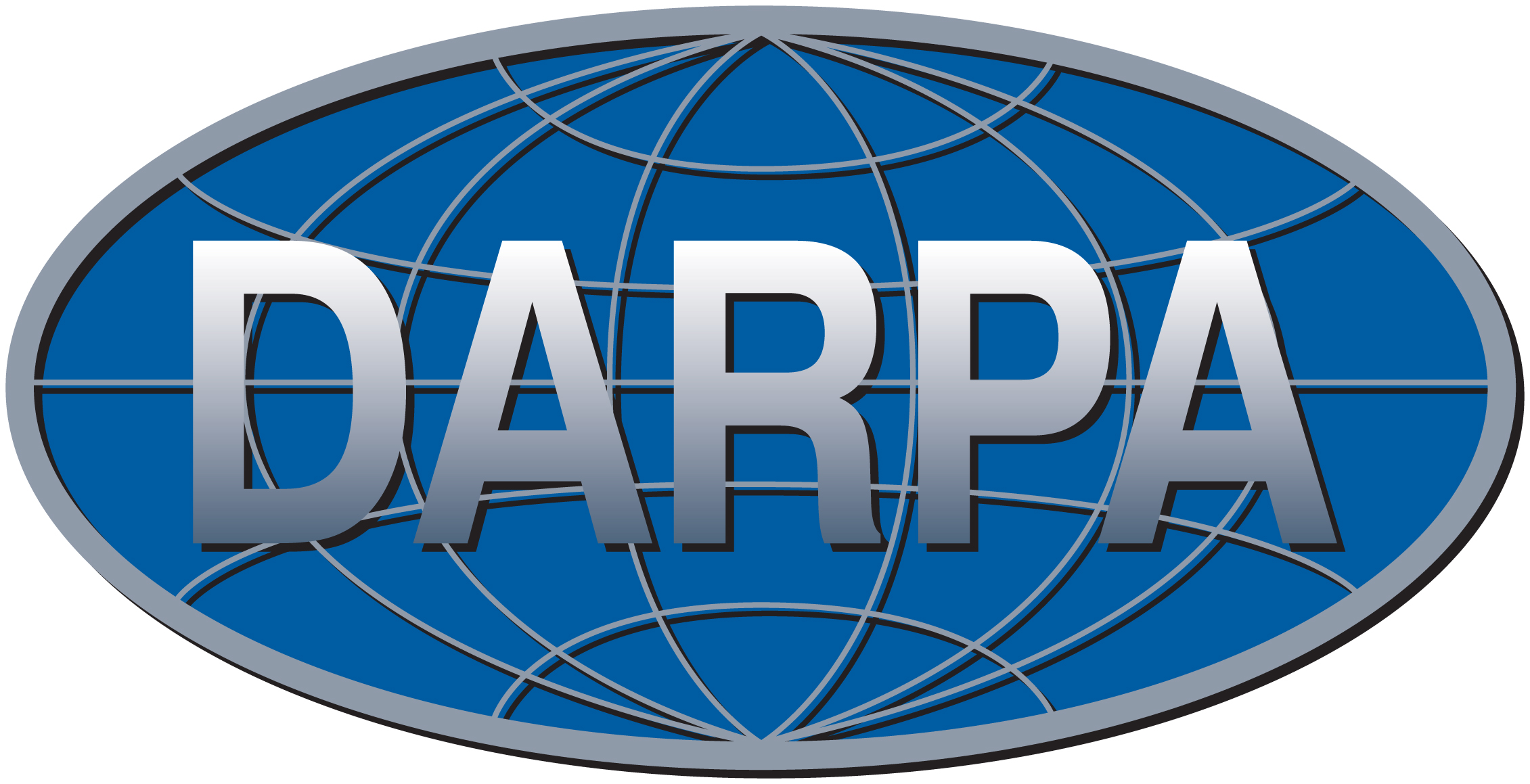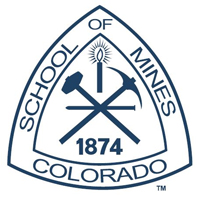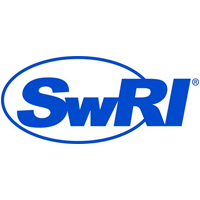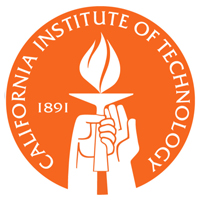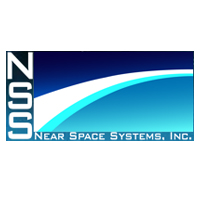Global Aerospace Corporation
About the Company
Global Aerospace Corporation (GAC) was founded in 1997 by former NASA/JPL engineers and scientists as a commercial research and development firm. Our past corporate activities have included technical analysis and research, aerospace mission and system concept development, aerospace technology research and development, deep ocean systems research and development, and system design, prototyping, and demonstration. Our current activities include consulting in these disciplines.
Core Competencies
Solutions for harsh and extreme environments with emphasis on buoyant and hypersonic systems
Modeling and simulation of complex systems
Mission
We are made up of creative engineers and scientists that have a passion for aerospace research
We enjoy circumventing challenges that most people treat as insurmountable
We produce honest, data-driven research and engineering analysis for Government and commercial customers
Areas of Expertise
Aeroelasticity
Aerothermodynamics
Buoyancy
Mechanical design and engineering
Orbital mechanics
Systems engineering and modeling
Meet our Personnel
Our corporate knowledge base resides with a highly qualified team of engineers, scientists, consultants, and researchers with expertise in conceptual design and prototyping, systems analysis and engineering, device and mechanical systems design, balloon-borne systems, automation and robotics, mission and orbit design, and thermal sciences. The majority of the technical staff at Global Aerospace Corporation have advanced degrees from research institutions.
Kerry T. Nock

Kerry T. Nock is the founder, President, and Chairman of the Board of Directors. He received his M. S. in Space Science and Engineering from UCLA. He has worked at JPL on the design of several planetary missions including Mariner 9 to Mars; Mariner 10 to Venus and Mercury; and the Voyager and Galileo missions. He managed the planetary mission studies leading to the successful Magellan Venus mapping mission and the Joint NASA/ESA Cassini mission to Saturn and Titan. He also managed the first studies of planetary aerobraking that was eventually used at Mars and Venus. He is a past Fellow of NASA Institute for Advanced Concepts (NIAC) and PI for two NIAC Phase II studies, one developing a concept for networks of guided balloons for Earth science and the other study to develop an Earth-to-Mars transportation architecture. He is principal inventor of two new devices including a safe and low cost satellite de-orbit system for low-Earth orbit spacecraft and a revolutionary and scalable entry system that can offer more returned mass for same launch mass while enabling the use of small diameter launchers. He is currently the principal investigator of a unique subsea and aerospace system development for the Department of Defense. Mr. Nock has authored or co-authored over 80 papers and articles and is a past associate editor of the American Institute of Aeronautics and Astronautics (AIAA) Journal of Spacecraft and Rockets. Mr. Nock is an expert in systems engineering, celestial mechanics, mission design and analysis, advanced studies and technology development and flight operations planning. He has carried out a variety of activities in aerospace systems development.
DR. BENJAMIN D. GOLDMAN
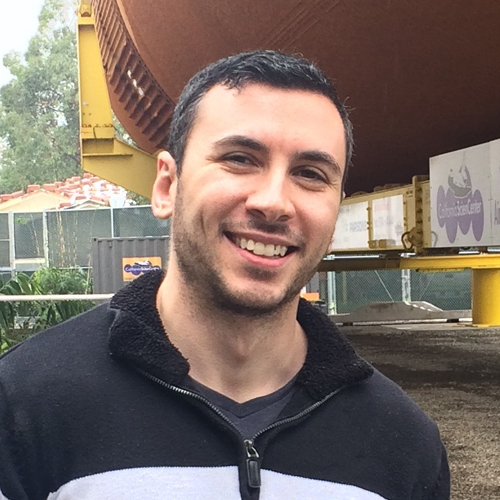
Dr. Benjamin D. Goldman joined GAC in 2015 and is now the Vice President. He holds a PhD in Mechanical Engineering from Duke University, and a BA in Physics from Connecticut College. At Duke, he studied Aeroelasticity under Dr. Earl Dowell. During his graduate studies, Ben joined the Aeroelasticity Branch at NASA's Langley Research Center, where he developed numerical simulations for the Hypersonic Inflatable Aerodynamic Decelerator (HIAD) and contributed to NASA's FUN3D CFD code development. At Connecticut College, Ben was a researcher at the Daghlian Accelerator Laboratory, where he investigated the proton impact excitation of water molecules. He was also an intern and staff engineer at the Applied Physical Sciences Corporation, where he supported a variety of efforts in hydrodynamic simulation, programming, acoustic testing, and vibration control. At GAC, Dr. Goldman is the Principal Investigator for the Air Force Hypersonic Experimental Aerothermoelastic Test (HEAT) and NASA NIAC Pluto Lander projects. He was also the Principal Investigator for the Titan Winged Aerobot (TWA), a new type of exploration vehicle with the ability to sample Titan's atmosphere and surface on ultra-low power. Under his leadership, key project objectives were met including a complete conceptual design and fabrication and testing of a proof- of-concept model that successfully flew in a large aircraft hangar. Ben is a co-author of several peer-reviewed publications including an ASME/Boeing best paper.
Dr. Kim M. Aaron

Dr. Kim M. Aaron is the Chief Engineer. Dr. Aaron graduated with a Diplome d'Etudes Collegiales, in Pure and Applied Science from Vanier College, Montreal, Canada. This was followed with a B.S. in the Honors Mechanical Engineering program at McGill University, Montreal, Canada. He obtained an M.S. in Aeronautics from Caltech followed by a PhD in Aeronautics also at Caltech. Dr. Aaron has a very diverse background, covering wind tunnel testing, water channel testing, bicycle fairings, systems engineering, comet landers, sample acquisition, microrovers, balloon systems, rain simulation, aircraft spin testing, vibration isolation for microgravity experiments, cryogenics, aeroelastic phenomena, explosion modeling, UAV design, nutation modeling, thermal analysis, electronics design and fabrication, solid rocket motors, image processing, flow visualization, fluid dynamics, mechanical engineering. He has extensive design experience in aerospace systems design, particularly mechanical design. His experiences designing and fabricating low-mass systems for space applications are equally relevant to lighter-than-air systems. He was instrumental in the development of the configuration of NASA planetary balloon ALICE (ALtItude Control Experiment). Dr. Aaron taught 'Aircraft Performance and Dynamics' at Caltech for four years and 'Introduction to Space Technology' at UCLA for three years. These cross-fertilizing experiences feed Dr. Aaron's innate creativity and provide a strong systems-oriented approach to problem solving and invention.
Karl Conroy

Karl Conroy joined Global Aerospace Corp in 2015 as a Sr. Mechanical Engineer. He received a BS in mechanical engineering from University of California at San Diego in 1986. He received his MS in mechanical engineering from California State University in Long Beach in 1997. He worked for Hughes Aircraft Co. from 1987 to 1994 working in mechanical testing and space simulation laboratories. From 1994 through 2007, he worked on GM�s electrical vehicle charging systems, alternative fuel vehicles and hybrid and fuel cell power electronics designs. In 2002, he started the company S&K Engineering Inc providing mechanical design and analysis of power electronic systems to Applied Physics Lab at the University of Washington, HiRel Systems LLC, WET Labs, and APDI and GPE. He co-developed with APDI and UW a contactless battery charging system for an oceanographic moored Profiler system. In 2007, he began working for Tri Alpha Energy, an alternative energy R&D company, where he was Lead engineer working on vacuum systems, high power supple systems, and mechanical systems designs.
R. Stephen Schlaifer
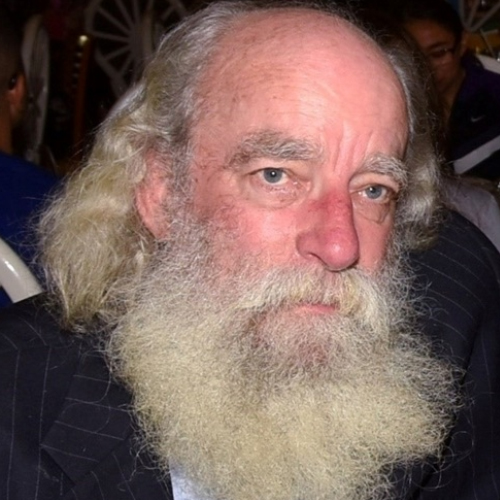
R. Stephen Schlaifer received his B.S. in Mathematics from California State University at Los Angeles. He was instrumental in the development of the NASA Trajectory Simulation and Prediction System (TSPS) for NASA's stratospheric balloons. Mr. Schlaifer was the key programmer for GAC's Navajo Balloon Performance Model and the Apache Continuous-thrust Trajectory Optimization Tool which were developed under NASA funding. He was also the key programmer developing balloon constellation trajectory simulation code to the NASA Revolutionary Aerospace Systems Concepts (RASC) effort in support of NASA GSFC studies of stratospheric Earth science platforms. Mr. Schlaifer also prepared code for GAC's support to Lockheed Martin Advanced Programs (Skunk Works) Integrated Sensor In Structure (ISIS) maneuvering ConOps, a DARPA effort. He was the lead programmer on GAC's NIAC Directed Aerial Robotics Explorer effort where he developed a planetary balloon guidance system optimization tool. Finally, Mr. Schlaifer was the key programmer for the Dakota software effort to develop a lithium-ion battery operations model for the Missile Defense Agency. Mr. Schlaifer is the key programmer for the Pawnee software effort which will simulate balloon trajectories when they are released near ground level and allowed to float to the stratosphere. Mr. Schlaifer worked in maintaining and improving the JPL Mission Analysis Software Library (MASL). MASL included several large programs the most notable of which are Quick, an interactive, programmable desktop calculator that gives the user ready access to vector and matrix routines, spacecraft trajectory propagators, planetary, satellite, asteroid and comet ephemerides, and Kplot, that can draw a picture showing the locations of the various bodies, their orbits, surface features, etc. as seen from any location within the solar system.
Dr. Matthew Kuperus Heun

Dr. Matthew Kuperus Heun is a Senior Engineer and a member of the Board of Directors. He received his Ph.D. and M.S. degrees in Mechanical Engineering from the University of Illinois at Urbana-Champaign. He has been an active researcher and developer in applications for lighter-than-air platforms for a number of years. He has worked at JPL in the advanced thermal and structural technology group. While at JPL, he was mission director for several successful prototype planetary balloon flights. One flight measured atmospheric radiation from a vertically-oscillating platform using radiometers. Dr. Heun was GAC PI for the initial development of the StratoSail Balloon Guidance System. He is also GAC's expert in the control of constellations of guided balloon systems. Dr. Heun has extensive experience modeling stratospheric airship systems.

